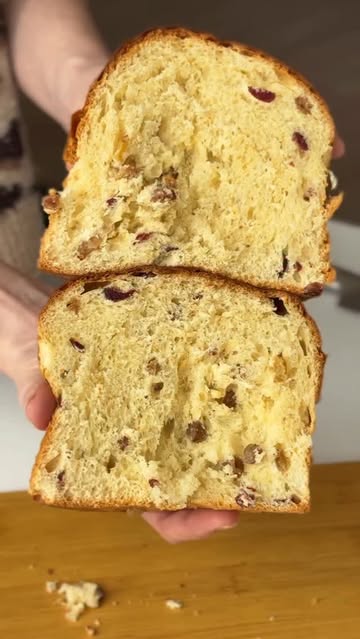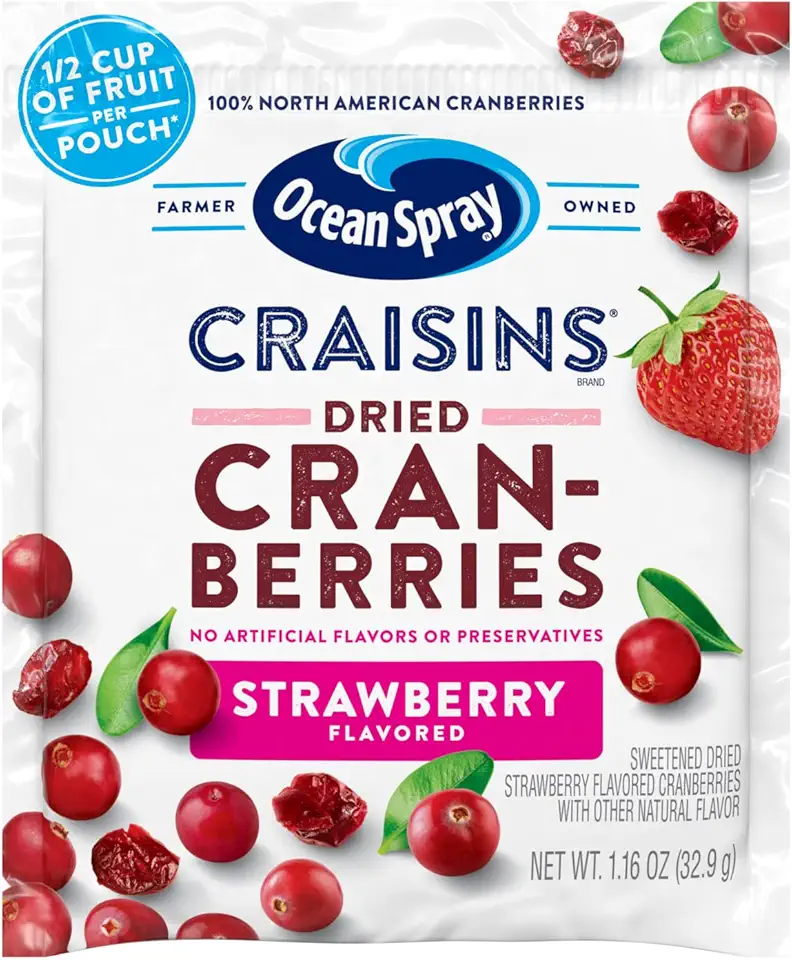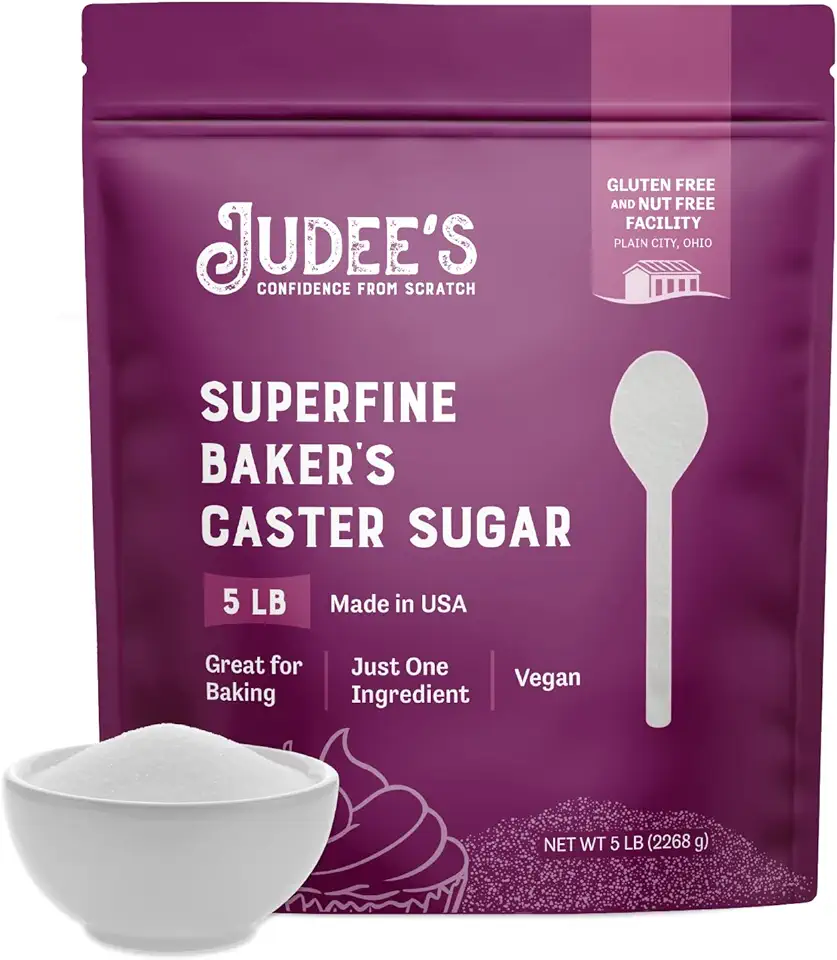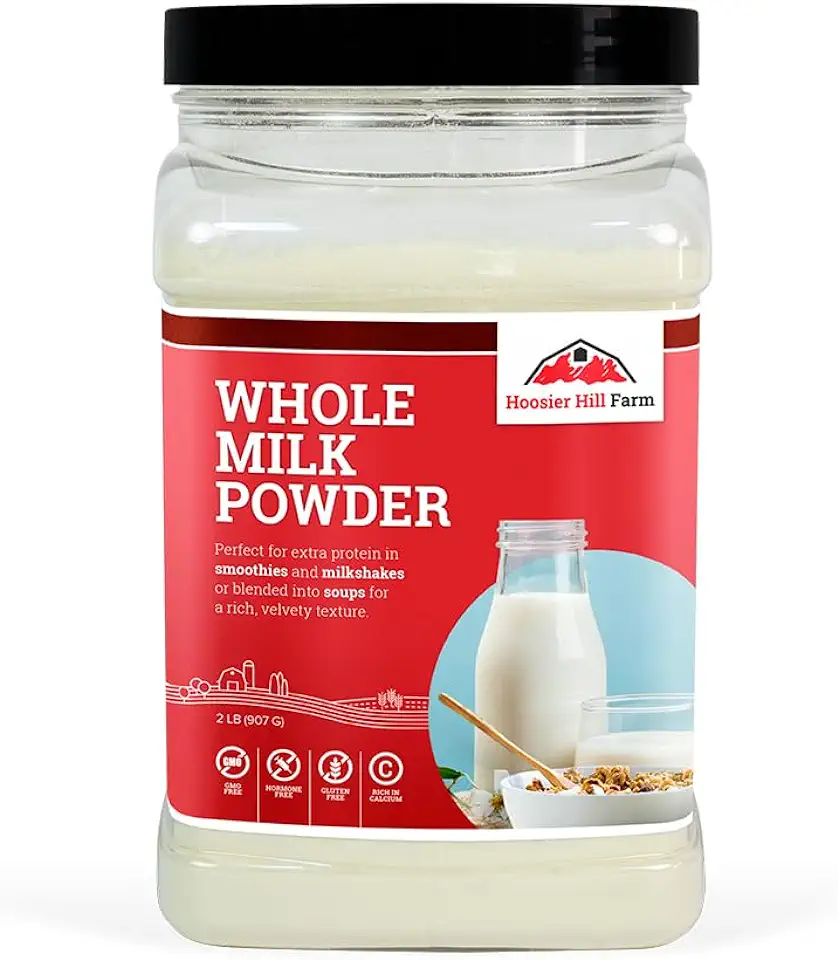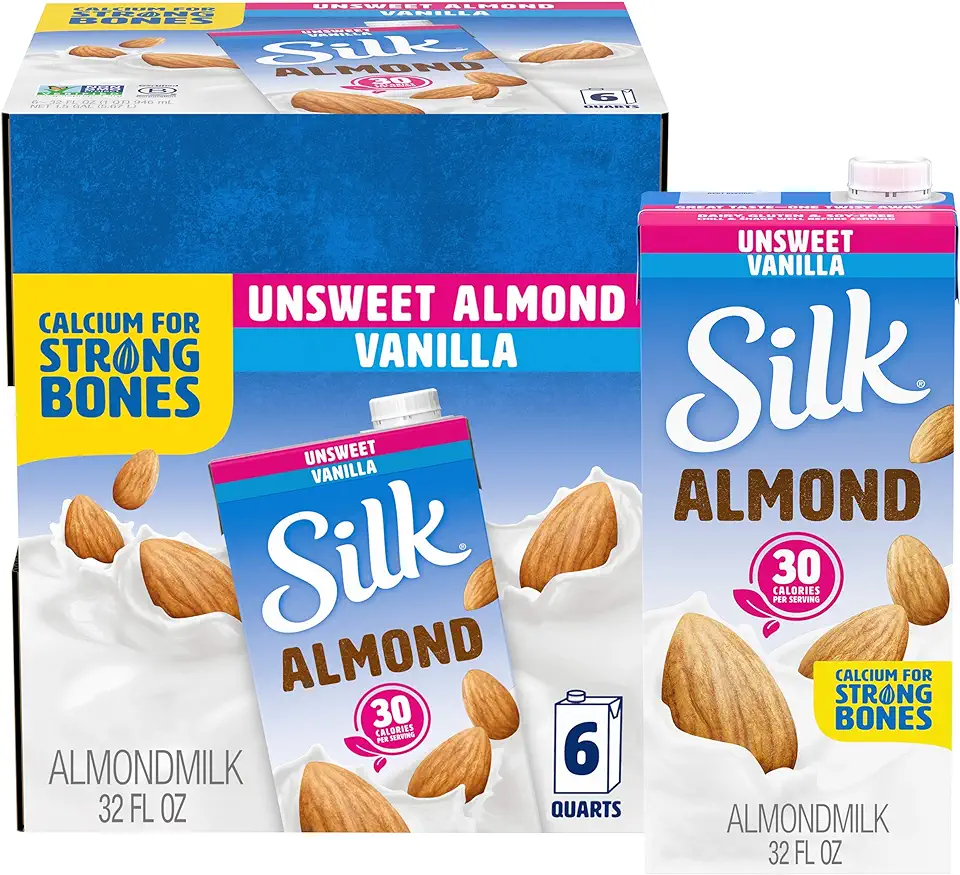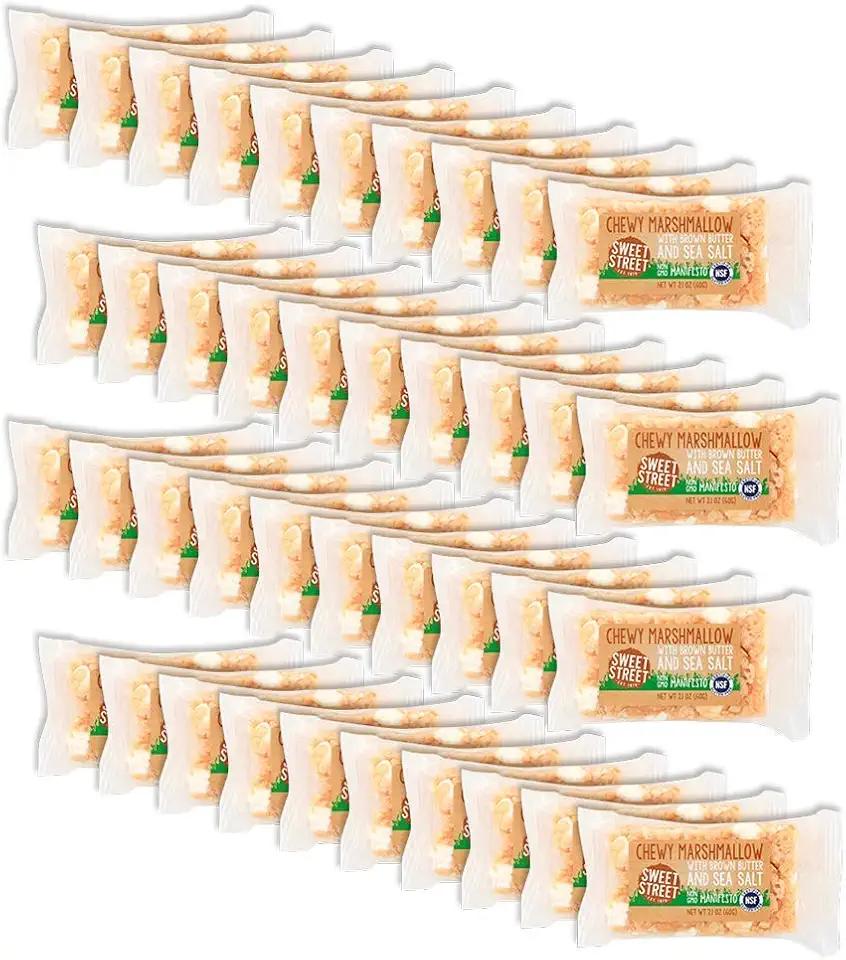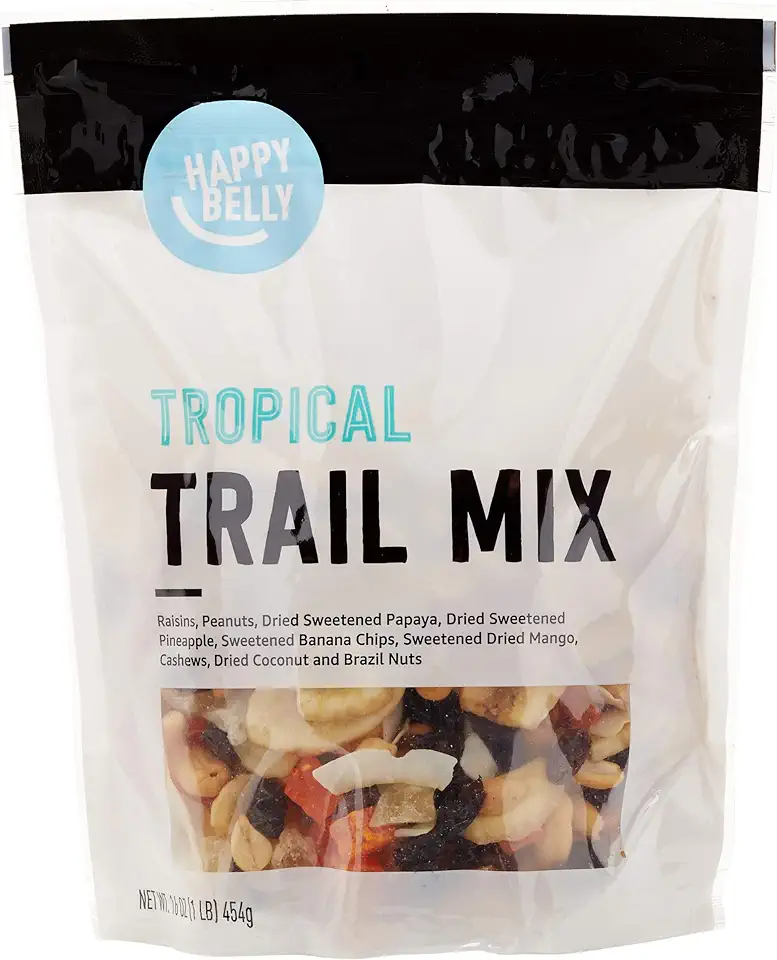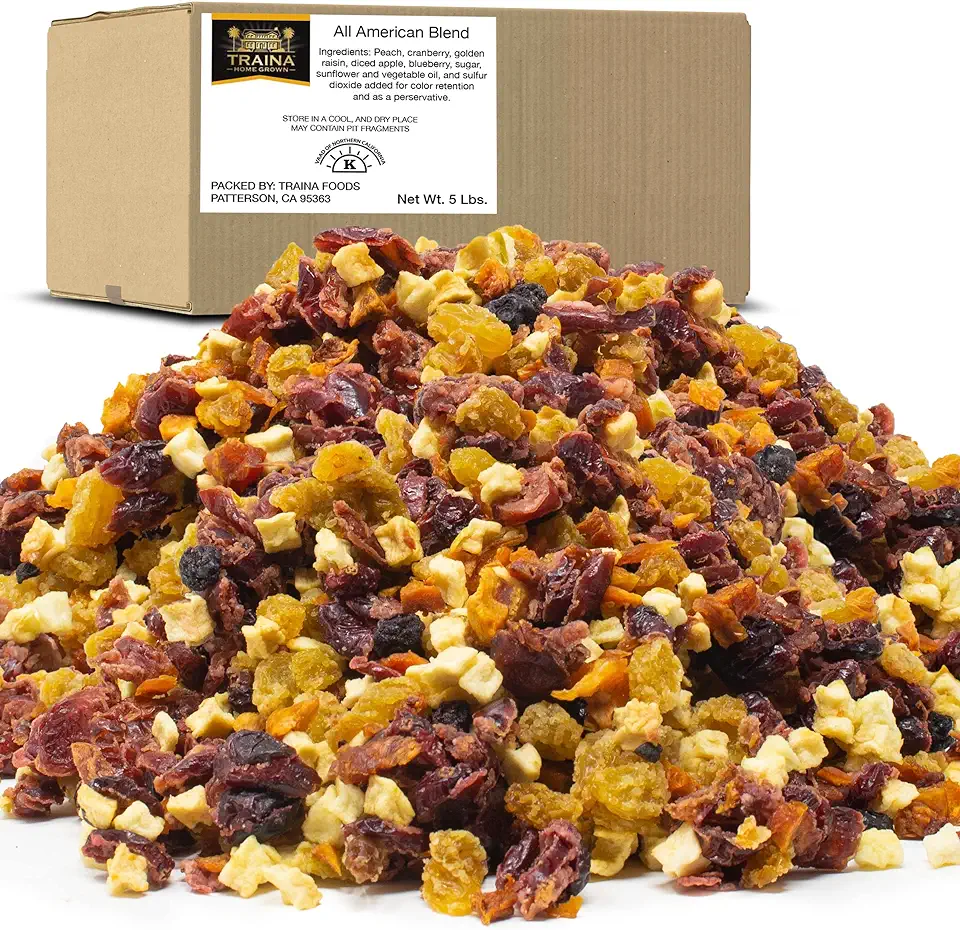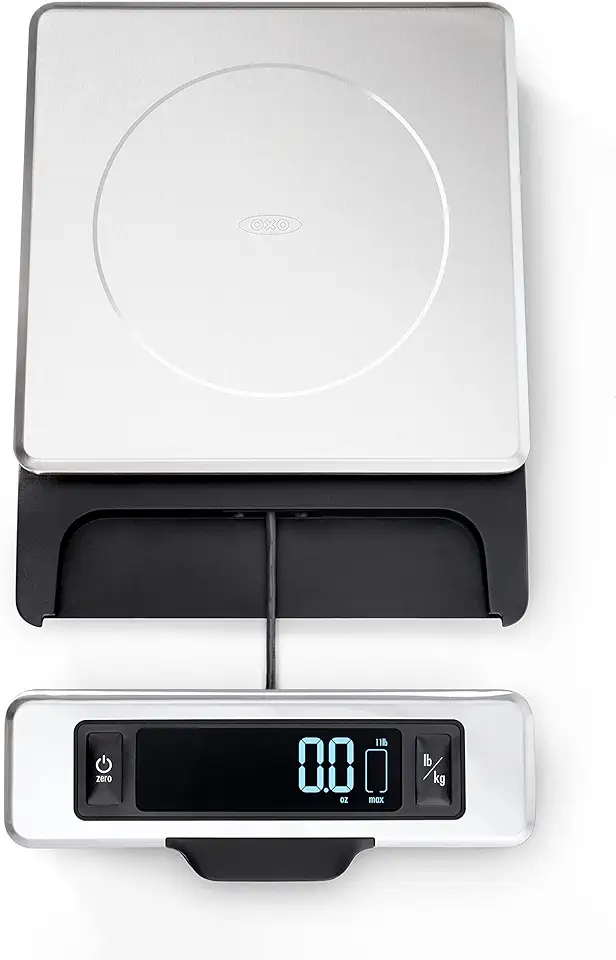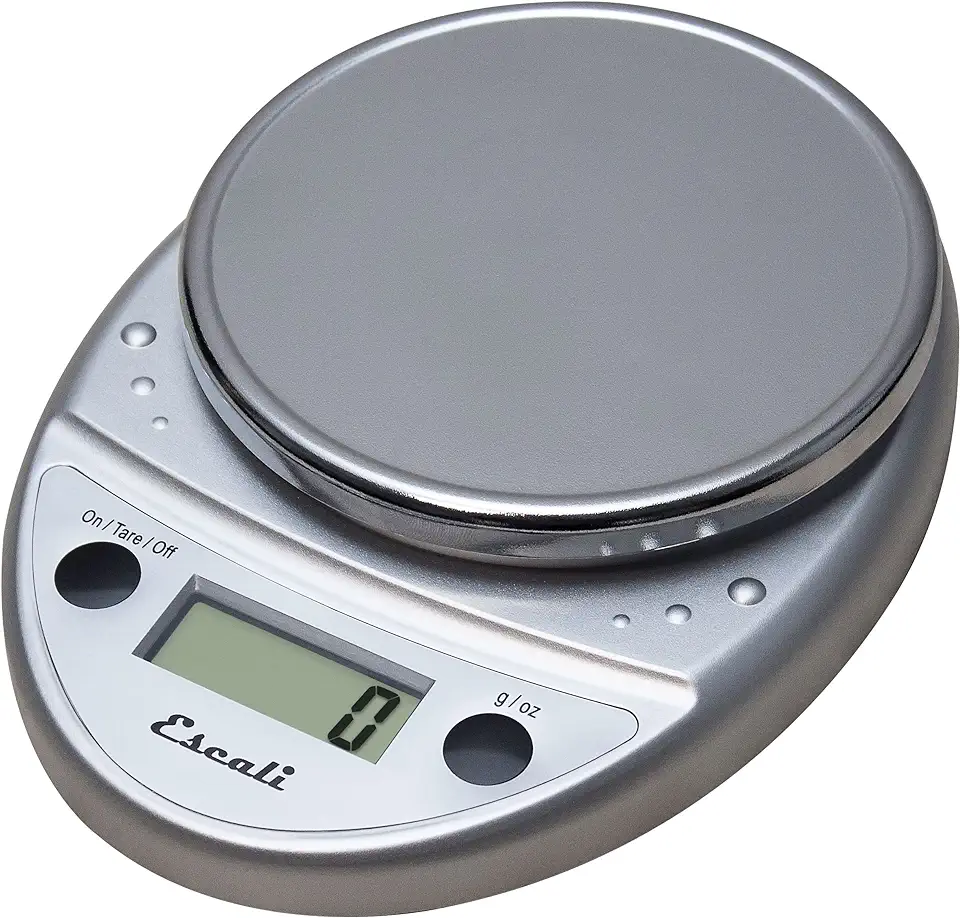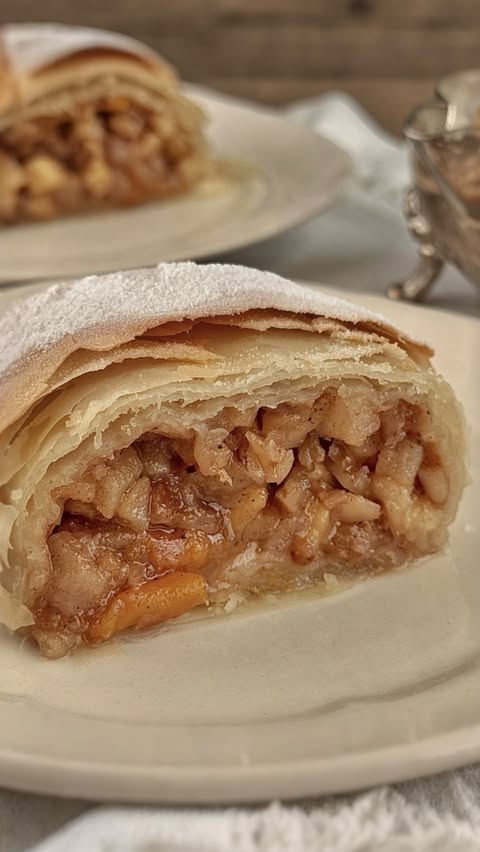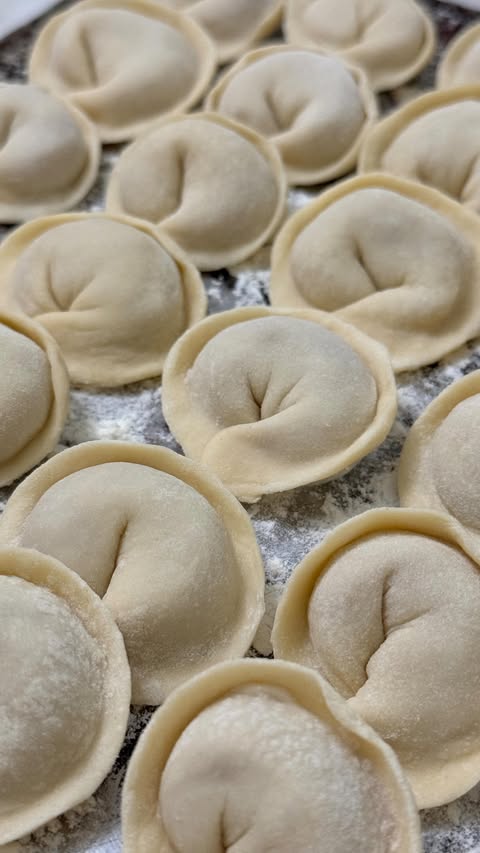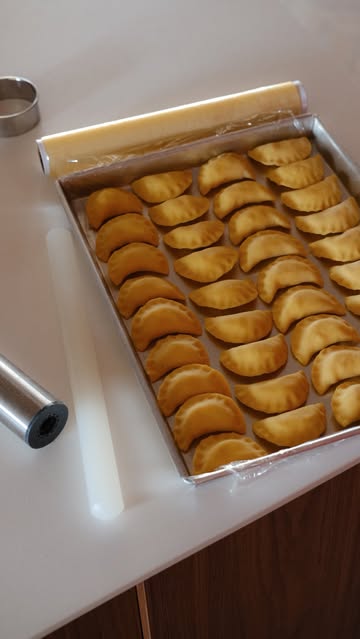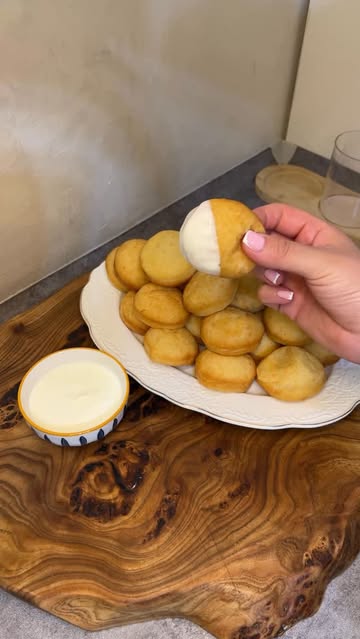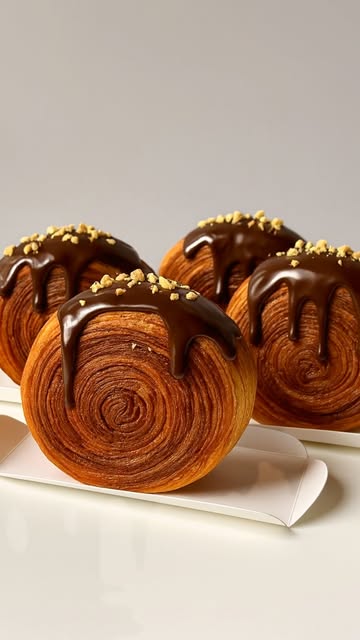Ingredients
Fruits
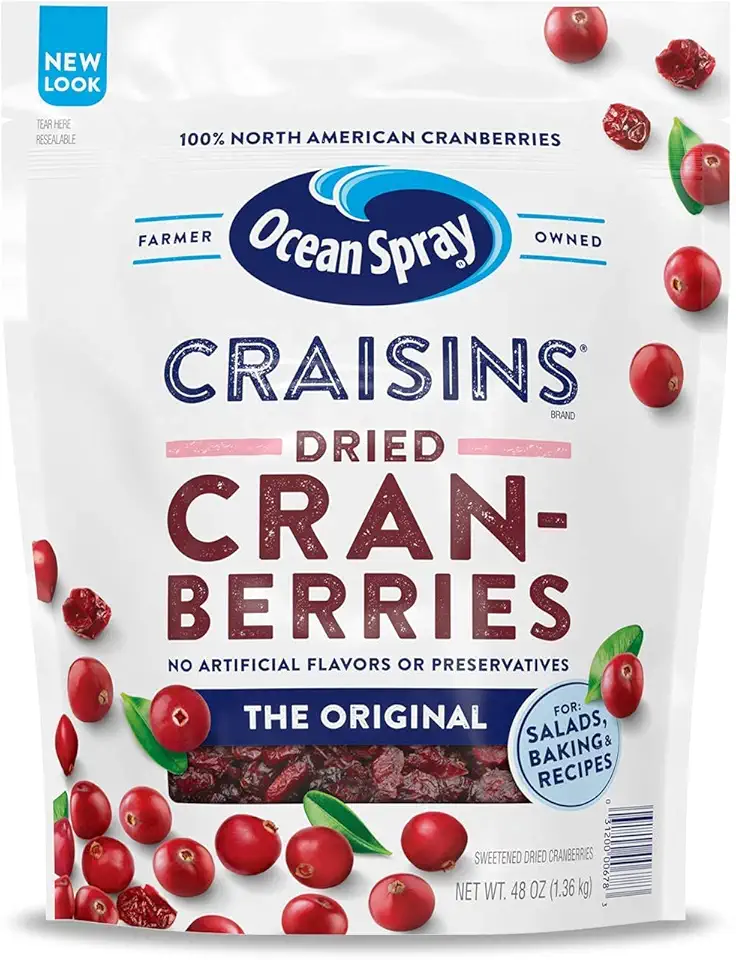 Ocean Spray Craisins Dried Cranberries, Original, 48 Ounce
$7.62
View details
Prime
Ocean Spray Craisins Dried Cranberries, Original, 48 Ounce
$7.62
View details
Prime
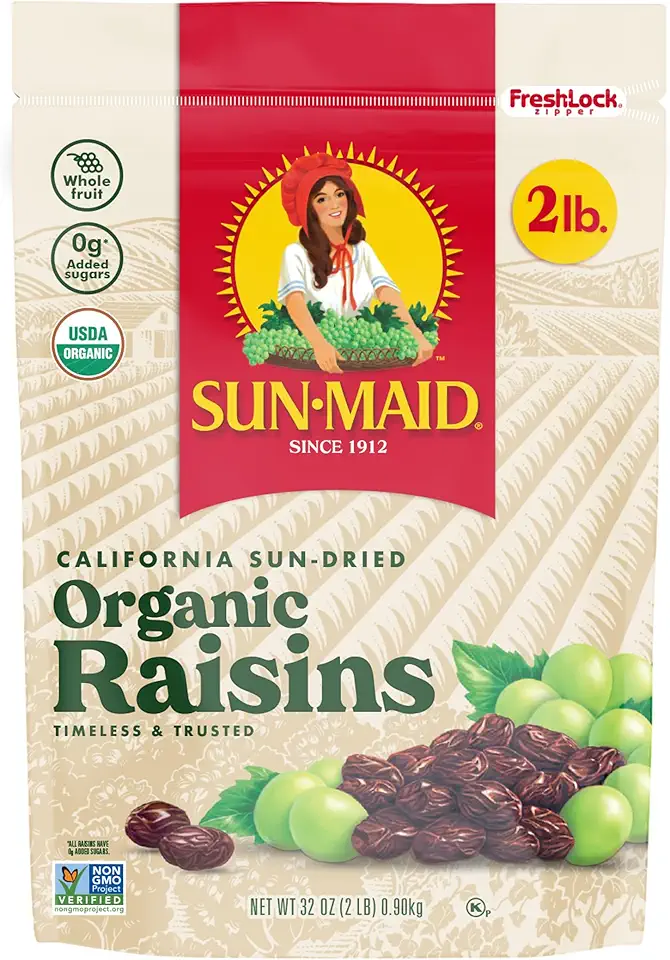 Sun-Maid Organic California Sun-Dried Raisins - 32 oz Resealable Bag - Organic Dried Fruit Snack for Lunches, Snacks, and Natural Sweeteners
$10.93
View details
Prime
Sun-Maid Organic California Sun-Dried Raisins - 32 oz Resealable Bag - Organic Dried Fruit Snack for Lunches, Snacks, and Natural Sweeteners
$10.93
View details
Prime
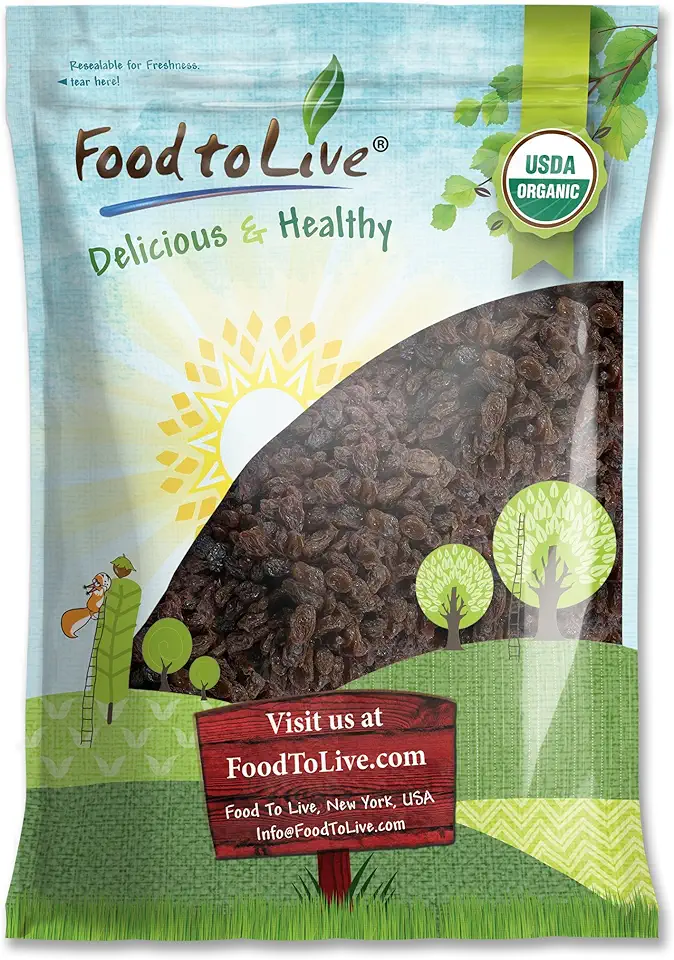 Food to Live California Organic Raisins, 8 Pounds – Thompson Seedless Select, Sun-Dried, Non-GMO, Kosher, Unsulphured, Bulk, No Oil Added
$59.20
View details
Food to Live California Organic Raisins, 8 Pounds – Thompson Seedless Select, Sun-Dried, Non-GMO, Kosher, Unsulphured, Bulk, No Oil Added
$59.20
View details
Biga (Starter Dough)
 Anthony's Premium Nutritional Yeast Flakes, 1 lb, Fortified, Gluten Free, Non GMO, Vegan
$18.49
View details
Prime
Anthony's Premium Nutritional Yeast Flakes, 1 lb, Fortified, Gluten Free, Non GMO, Vegan
$18.49
View details
Prime
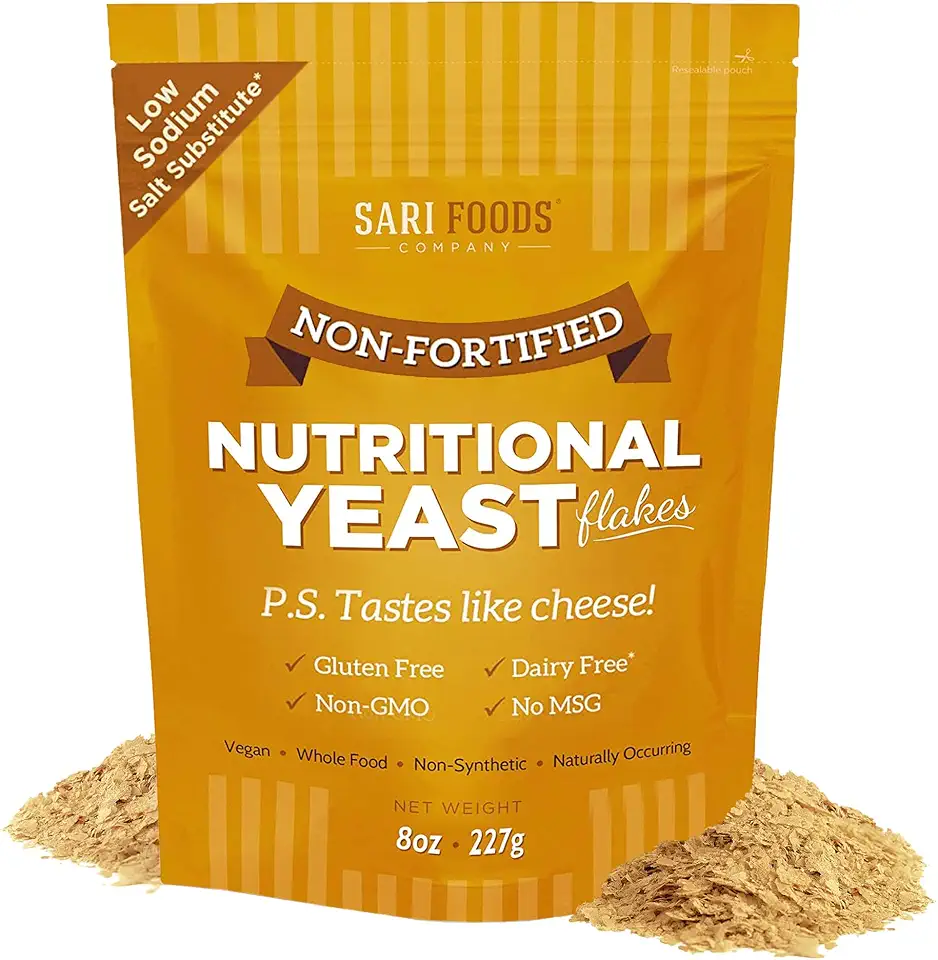 Sari Foods Non-Fortified Nutritional Yeast Flakes - 24oz or 8oz - Superfood, Rich in Protein. Gluten Free & Dairy Free Vegan Cheese Substitute, Vitamins B, Beta-glucans and all 18 Amino Acids, Non GMO
$17.99
View details
Prime
Sari Foods Non-Fortified Nutritional Yeast Flakes - 24oz or 8oz - Superfood, Rich in Protein. Gluten Free & Dairy Free Vegan Cheese Substitute, Vitamins B, Beta-glucans and all 18 Amino Acids, Non GMO
$17.99
View details
Prime
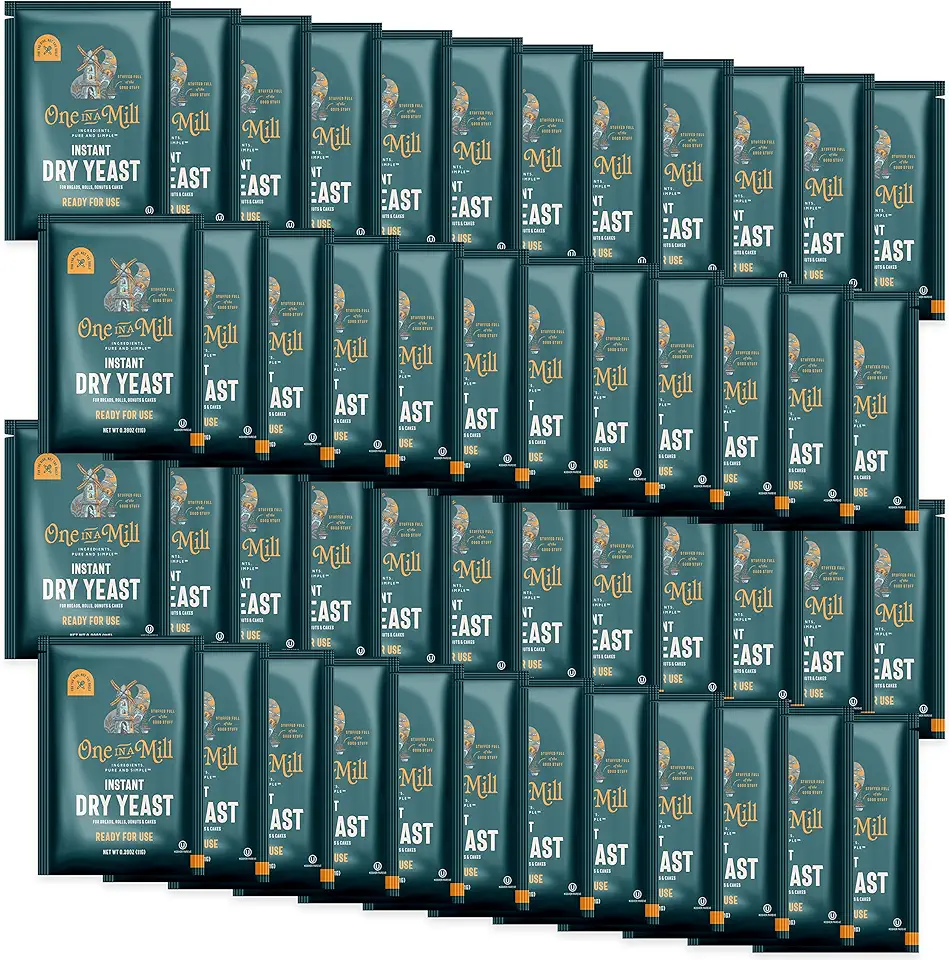 One in a Mill Instant Dry Yeast Packets | Fast Acting Self Rising Yeast for Baking Bread, Cake, Pizza Dough Crust | Kosher | Quick Rapid Rise Leavening Agent for Pastries | 48 Packets
$42.99
View details
One in a Mill Instant Dry Yeast Packets | Fast Acting Self Rising Yeast for Baking Bread, Cake, Pizza Dough Crust | Kosher | Quick Rapid Rise Leavening Agent for Pastries | 48 Packets
$42.99
View details
First Dough
 LorAnn Orange Bakery Emulsion, 4 ounce bottle
$6.91
View details
Prime
LorAnn Orange Bakery Emulsion, 4 ounce bottle
$6.91
View details
Prime
 Nielsen-Massey Pure Orange Extract for Baking, Cooking and Drinks, 2 Ounce Bottle
$12.49
View details
Prime
Nielsen-Massey Pure Orange Extract for Baking, Cooking and Drinks, 2 Ounce Bottle
$12.49
View details
Prime
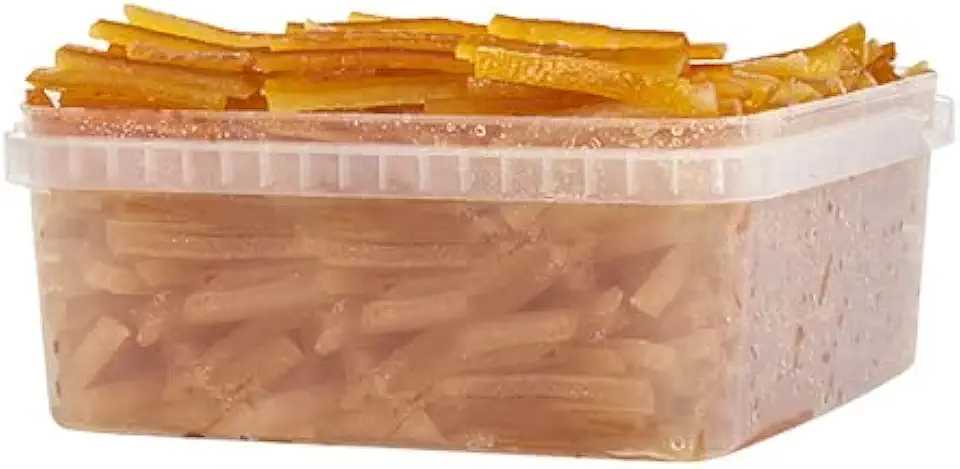 Amifruit Candied Orange Peel Strips 2.2lbs. Ready To Eat, Slowly Candied In Sugar Syrup, Certified Kosher, Gluten Free, GMO Free, Trans Fat Free
$41.79
$44.94
View details
Amifruit Candied Orange Peel Strips 2.2lbs. Ready To Eat, Slowly Candied In Sugar Syrup, Certified Kosher, Gluten Free, GMO Free, Trans Fat Free
$41.79
$44.94
View details
 Lorann Oils Lemon Bakery Emulsion: Tangy Lemon Essence, Perfect for Amplifying Citrus Tones in Cakes, Cookies & Desserts, Gluten-Free, Keto-Friendly, Lemon Extract Alternative Essential
$20.00
$23.99
View details
Prime
Lorann Oils Lemon Bakery Emulsion: Tangy Lemon Essence, Perfect for Amplifying Citrus Tones in Cakes, Cookies & Desserts, Gluten-Free, Keto-Friendly, Lemon Extract Alternative Essential
$20.00
$23.99
View details
Prime
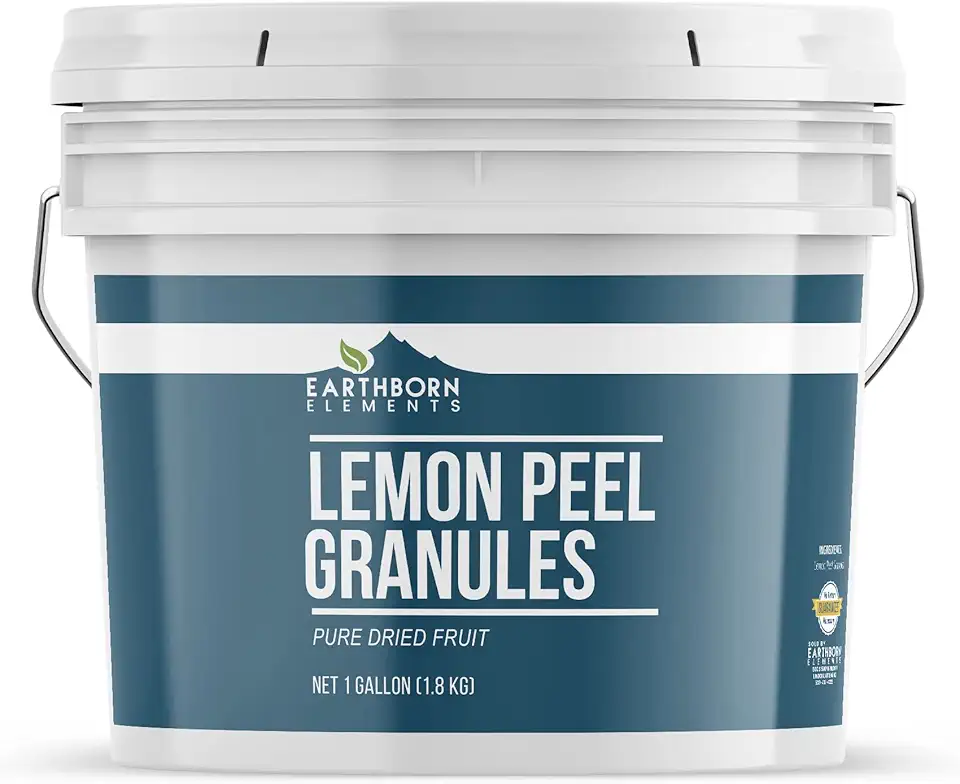 Earthborn Elements Lemon Peel Granules, 1 Gallon Bucket, Pure & Natural, Food Grade
$49.99
View details
Prime
Earthborn Elements Lemon Peel Granules, 1 Gallon Bucket, Pure & Natural, Food Grade
$49.99
View details
Prime
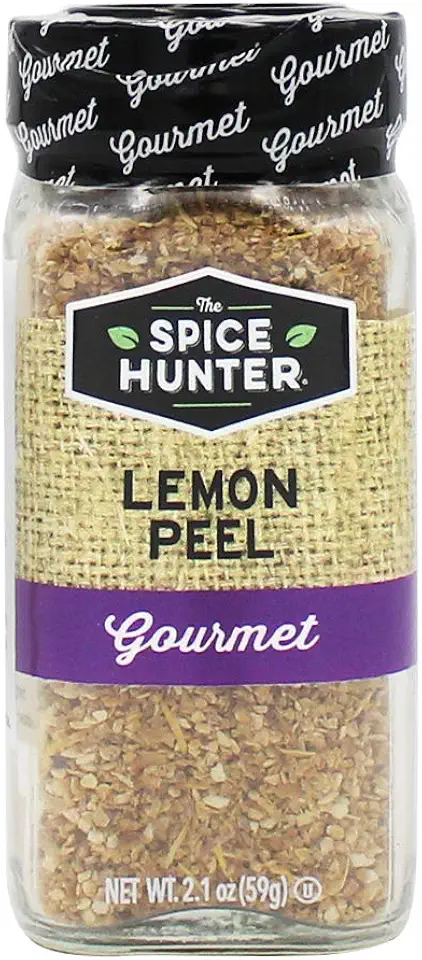 SPICE HUNTER LEMON PEEL GRATED
$7.49
View details
SPICE HUNTER LEMON PEEL GRATED
$7.49
View details
Second Dough
 Anthony's Premium Nutritional Yeast Flakes, 1 lb, Fortified, Gluten Free, Non GMO, Vegan
$18.49
View details
Prime
Anthony's Premium Nutritional Yeast Flakes, 1 lb, Fortified, Gluten Free, Non GMO, Vegan
$18.49
View details
Prime
 Sari Foods Non-Fortified Nutritional Yeast Flakes - 24oz or 8oz - Superfood, Rich in Protein. Gluten Free & Dairy Free Vegan Cheese Substitute, Vitamins B, Beta-glucans and all 18 Amino Acids, Non GMO
$17.99
View details
Prime
Sari Foods Non-Fortified Nutritional Yeast Flakes - 24oz or 8oz - Superfood, Rich in Protein. Gluten Free & Dairy Free Vegan Cheese Substitute, Vitamins B, Beta-glucans and all 18 Amino Acids, Non GMO
$17.99
View details
Prime
 One in a Mill Instant Dry Yeast Packets | Fast Acting Self Rising Yeast for Baking Bread, Cake, Pizza Dough Crust | Kosher | Quick Rapid Rise Leavening Agent for Pastries | 48 Packets
$42.99
View details
One in a Mill Instant Dry Yeast Packets | Fast Acting Self Rising Yeast for Baking Bread, Cake, Pizza Dough Crust | Kosher | Quick Rapid Rise Leavening Agent for Pastries | 48 Packets
$42.99
View details
Instructions
Step 1
Soak raisins and cranberries in rum or cognac for at least a few hours or overnight for best flavor.
Step 2
Dissolve fresh yeast in room temperature water.
Add strong flour and mix until combined.
Cover tightly and refrigerate for 12-14 hours.
Step 3
Combine soft butter with zest of the orange and lemon in a mixing bowl.
In another bowl, beat the egg yolks with sugar until light and fluffy.
Gradually add warm milk and water, mixing well.
Add strong flour and biga to form a dough using a dough hook.
In two or three additions, incorporate the butter mixture into the dough until it pulls away from the bowl.
Cover with plastic wrap and allow to ferment for 12-14 hours at room temperature (20-22°C or 68-72°F).
Step 4
Add strong flour to the first dough and combine thoroughly.
Dissolve fresh yeast in the cold milk and mix into the bowl.
Add sugar, glucose, vanilla seeds, and cold egg yolks, mixing until well incorporated.
Gradually add salt and then mix in the cold butter in pieces until fully absorbed.
Knead thoroughly for about 40-45 minutes until the dough cleans the bowl.
Drain the dried fruits and coat them with flour, then fold into the dough for another 5-7 minutes.
Step 5
On a floured surface, stretch the dough and divide it into 4 pieces (approximately 500 grams each) or 6 pieces (approximately 300 grams each).
Shape each piece into a ball and place them in the mold.
Allow to rise in the molds for up to 3 hours at 28-30°C (82-86°F).
Step 6
Preheat the oven to 170°C (340°F).
Bake the breads for 35-40 minutes or until a toothpick inserted into the center comes out clean.
Make sure not to exceed 25°C (77°F) during dough fermentation for the best results.
Servings
Once your masterpiece is complete, the possibilities for serving are endless! Enjoy it fresh out of the oven with a light dusting of powdered sugar on top for elegance. Want to elevate the experience? Serve slices with a side of homemade citrus butter. 🧈 A sprinkle of nuts or a drizzle of chocolate sauce can also add an extra touch of indulgence! 🍫
For a cozy vibe, you can present this delicate pastry during a warm family gathering, complemented by a cup of tea or coffee. ☕️ It makes for a lovely breakfast treat or a delightful dessert after dinner. 💕 Don’t forget to save some for later; it tastes even better the next day, as the flavors meld together beautifully!
Equipment
A strong stand mixer with a dough hook is essential, as this recipe requires heavy kneading to develop the gluten structure. It's a time-saver and provides consistent results with ease.
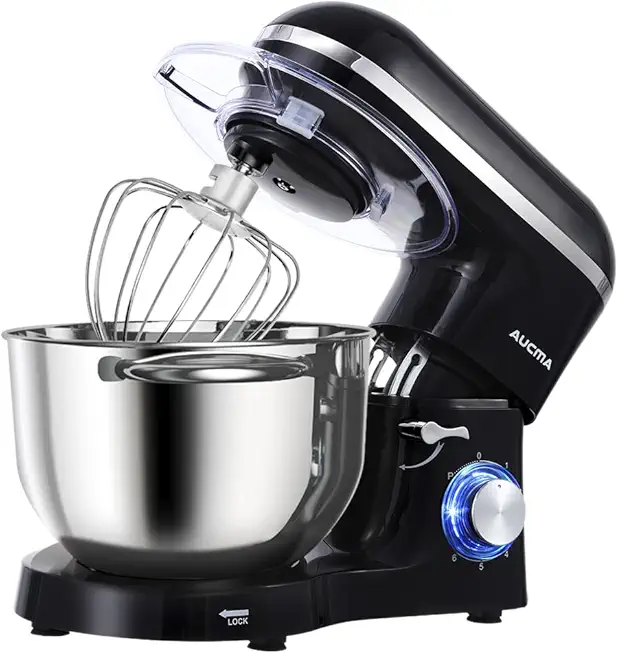 Aucma Stand Mixer,6.5-QT 660W 6-Speed Tilt-Head Food Mixer, Kitchen Electric Mixer with Dough Hook, Wire Whip & Beater (6.5QT, Black)
$159.99
View details
Prime
Aucma Stand Mixer,6.5-QT 660W 6-Speed Tilt-Head Food Mixer, Kitchen Electric Mixer with Dough Hook, Wire Whip & Beater (6.5QT, Black)
$159.99
View details
Prime
 Commercial Food Mixer 15QT 600W 110V 3 Speeds Adjustable, Stand Mixer Dough Kneading Machine with Stainless Steel Bowl Dough Hooks Whisk Beater, With Safety Guard for Bakeries Restaurants Pizzerias
$579.99
View details
Commercial Food Mixer 15QT 600W 110V 3 Speeds Adjustable, Stand Mixer Dough Kneading Machine with Stainless Steel Bowl Dough Hooks Whisk Beater, With Safety Guard for Bakeries Restaurants Pizzerias
$579.99
View details
A large mixing bowl is important for combining ingredients initially. Ensure it's big enough to accommodate the rising dough as this pastry expands.
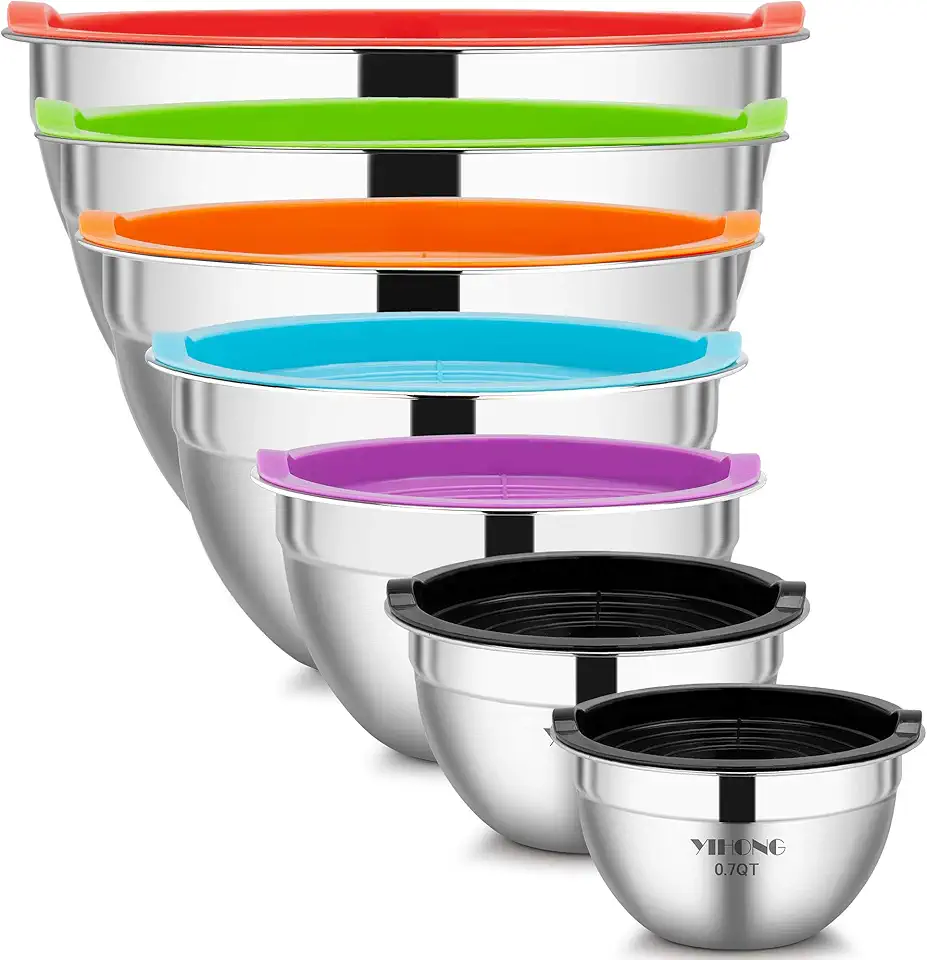 YIHONG 7 Piece Mixing Bowls with Lids for Kitchen, Stainless Steel Mixing Bowls Set Ideal for Baking, Prepping, Cooking and Serving Food, Nesting Metal Mixing Bowls for Space Saving Storage
$27.99
$35.99
View details
Prime
best seller
YIHONG 7 Piece Mixing Bowls with Lids for Kitchen, Stainless Steel Mixing Bowls Set Ideal for Baking, Prepping, Cooking and Serving Food, Nesting Metal Mixing Bowls for Space Saving Storage
$27.99
$35.99
View details
Prime
best seller
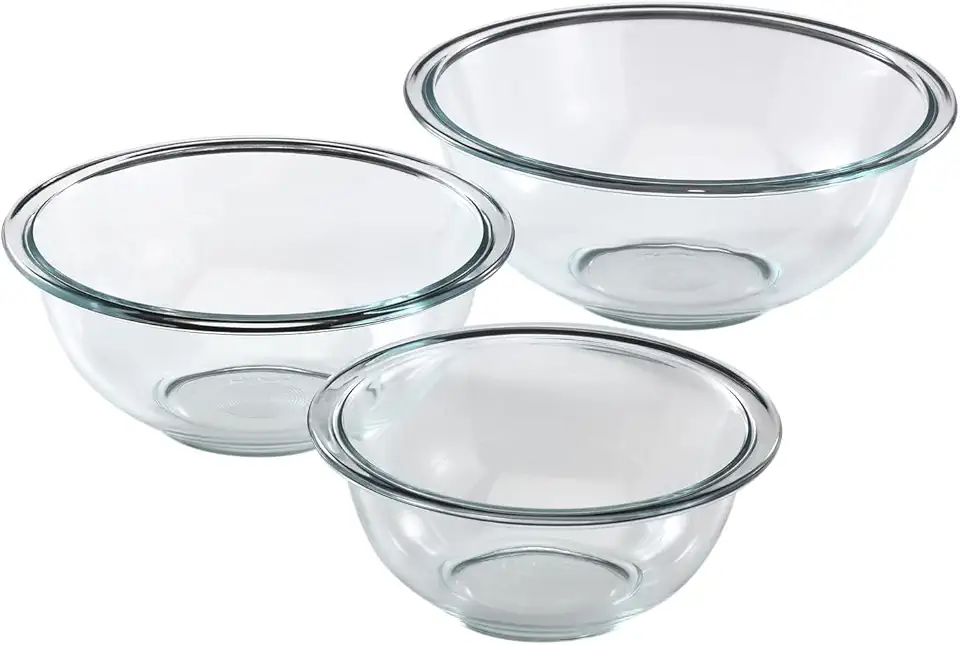 Pyrex Glass, 3-Piece, 3 PC Mixing Bowl Set
$17.53
View details
Prime
Pyrex Glass, 3-Piece, 3 PC Mixing Bowl Set
$17.53
View details
Prime
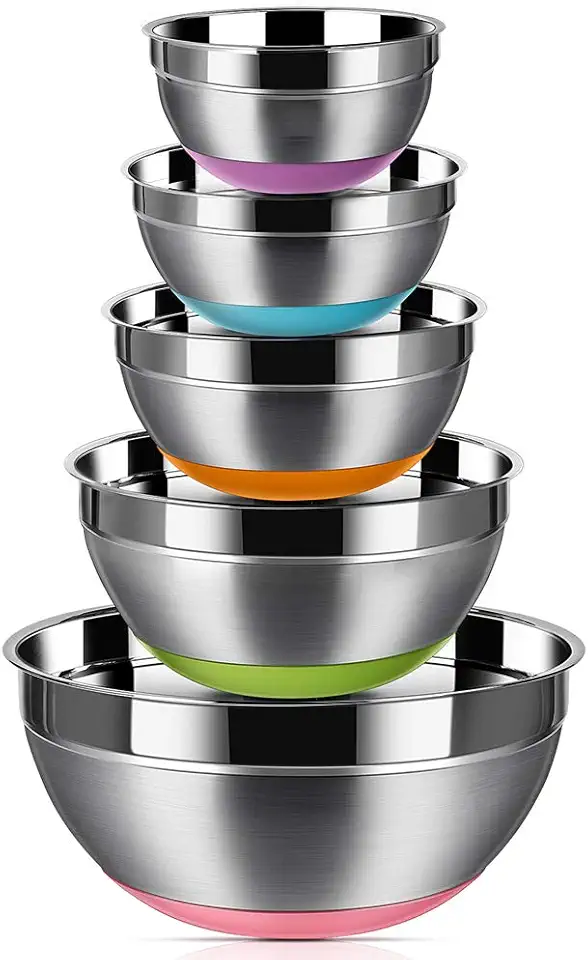 REGILLER Stainless Steel Mixing Bowls (Set of 5), Non Slip Colorful Silicone Bottom Nesting Storage Bowls, Polished Mirror Finish For Healthy Meal Mixing and Prepping 1.5-2 - 2.5-3.5 - 7QT (Colorful)
$26.99
View details
REGILLER Stainless Steel Mixing Bowls (Set of 5), Non Slip Colorful Silicone Bottom Nesting Storage Bowls, Polished Mirror Finish For Healthy Meal Mixing and Prepping 1.5-2 - 2.5-3.5 - 7QT (Colorful)
$26.99
View details
Accurate measurements are crucial in baking; using proper measuring tools will ensure your ingredients are just right for perfect texture and flavor.
 Spring Chef Stainless Steel Measuring Cups and Measuring Spoons Set of 14 with Leveler, Nesting Kitchen Metal Measuring Cups and Spoons Set for Dry and Liquid Ingredients, Perfect for Cooking & Baking
$21.99
View details
Prime
Spring Chef Stainless Steel Measuring Cups and Measuring Spoons Set of 14 with Leveler, Nesting Kitchen Metal Measuring Cups and Spoons Set for Dry and Liquid Ingredients, Perfect for Cooking & Baking
$21.99
View details
Prime
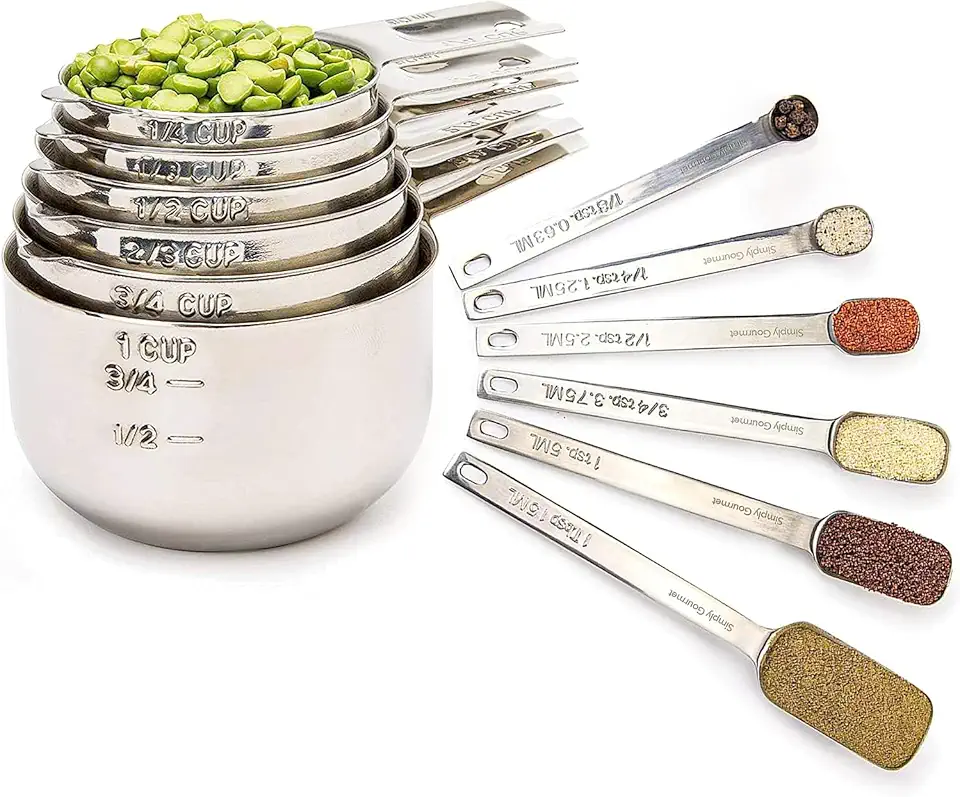 Simply Gourmet Measuring Cups and Spoons Set of 12, 304 Premium Stainless Steel, Stackable Cups Long Handle Spoons Fits Narrow Jars, Kitchen Gadgets for Liquid & Dry Ingredients Cooking Baking
$32.98
$45.99
View details
Prime
Simply Gourmet Measuring Cups and Spoons Set of 12, 304 Premium Stainless Steel, Stackable Cups Long Handle Spoons Fits Narrow Jars, Kitchen Gadgets for Liquid & Dry Ingredients Cooking Baking
$32.98
$45.99
View details
Prime
 Stainless Steel Measuring Cups And Measuring Spoons 10-Piece Set, 5 Cups And 5 Spoons
$13.95
$17.98
View details
Stainless Steel Measuring Cups And Measuring Spoons 10-Piece Set, 5 Cups And 5 Spoons
$13.95
$17.98
View details
Use specific pastry molds for traditional shapes; make sure to line them properly for easy removal after baking.
For the most accuracy, especially with ingredients like flour, having a kitchen scale is invaluable. This guarantees the same great results every time!
Variations
If you’re looking to make this recipe a bit more inclusive, here are some easy adaptations to suit different dietary preferences:
Gluten-Free Version: Substitute regular flour with a high-quality gluten-free flour blend. You may need to adjust the liquid slightly, so keep an eye on the dough's consistency! 🌾✨
Vegan Version: Replace the eggs with flaxseed meal (1 tablespoon of flaxseed mixed with 3 tablespoons of water equals one egg). For the milk, opt for almond or oat milk, and ensure the butter is a plant-based alternative. 🥑
These variations still allow you to enjoy the same delightful essence of this pastry while catering to varying dietary needs!
Faq
- Can I use active dry yeast instead of fresh yeast?
Yes! If using active dry yeast, simply activate it first in warm water with a bit of sugar before adding to your dough mixture.
- What should I do if my dough is too sticky?
You can add a little more flour gradually until it reaches the right consistency. Just be careful not to add too much, as this can affect the final texture!
- How can I tell when my pastry is done baking?
The pastry should be golden brown on top, and when you insert a toothpick in the center, it should come out clean. Trust your senses!
- Can I freeze this pastry, and how should I do it?
Absolutely! Allow it to cool completely, then wrap it in plastic wrap and place it in an airtight container. It can be frozen for up to 2 months.
- Is it necessary to let the dough rise for such a long time?
Yes, long fermentation helps develop flavor and texture, so it's worth the wait for that amazing result!
- What other fillings can I add to customize my pastry?
Feel free to experiment with different dried fruits, chocolate chips, or even nuts! Just be sure to maintain the balance of wet and dry ingredients.

